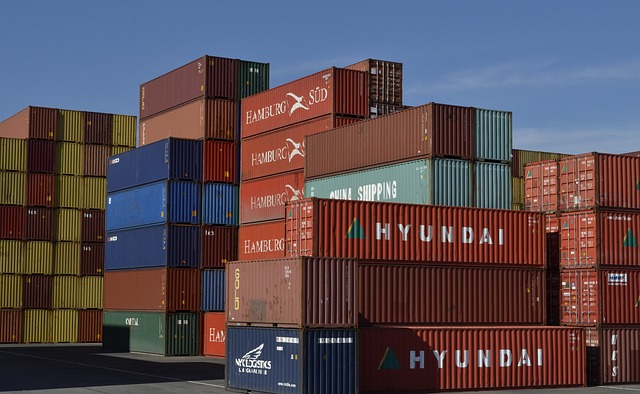Safely Lifting Loads: Essential Tips and Practices
Safe lifting is crucial in industrial and construction environments. Accidents resulting from improper handling can cause serious physical and material damage. Therefore, understanding best practices is essential to ensuring safety during lifting. Click here for LEEA Approved Course
Understanding the Importance of Safe Lifting:
Safe lifting is vital in many industries where large objects need to be moved. Failure to follow proper practices can result in serious accidents, affecting the health and safety of workers.
Improper handling of heavy loads can cause falls, crushing injuries, or damage to equipment, leading to serious financial and legal consequences.
When teams are properly trained and equipped, processes become more agile, reducing time lost due to accidents and ensuring operational continuity.
Awareness of lifting safety is not limited to techniques alone; it also involves an organizational culture that values safety. This includes leadership commitment to providing adequate resources and training for employees.
Finally, lifting safety is directly related to a company’s image. Organizations that prioritize safety increase the trust of customers and partners, in addition to complying with regulations that protect workers and property.

Equipment Required for Lifting Loads:
To ensure safe lifting of loads, it is essential to use the appropriate equipment. Each type of load may require specific tools, making it crucial to understand the options available on the market.
Winches are one of the main pieces of equipment used in lifting. They can be manual or electric and are designed to lift heavy loads efficiently. Choosing a winch should take into account the weight and type of load to be lifted.
Hoists are another important piece of equipment, allowing loads to be lifted vertically. Available in manual and electric versions, hoists help distribute the weight and stabilize the load during lifting, providing greater safety.
Belts and chains are essential for securing loads. It’s crucial to choose belts that can support the weight of the load and are made of durable materials to ensure safety. Chains should be tested regularly to prevent failure.
Steel cables, often used in lifting, are designed to withstand high tension. It’s important to inspect them regularly for signs of wear and ensure they are in optimal working condition.
Furthermore, those involved in lifting must be equipped with personal protective equipment (PPE), such as helmets, gloves, and safety belts, to minimize risks and ensure physical safety during operations.
Safety Standards and Regulations:
Safety standards and regulations are essential to ensuring proper practices when lifting loads. They provide guidelines that help minimize risks and protect workers and property.
One of the main regulations is Regulatory Standard , which establishes guidelines for the transportation, movement, storage, and handling of materials. details the requirements for equipment, training, and necessary signage.
Effective Lifting Techniques:
Effective lifting techniques are essential to ensure safe and efficient load handling. Proper application of these techniques helps prevent accidents and damage during operations.
A crucial technique is assessing the load’s center of gravity. Identifying this point is crucial for balanced lifting, preventing falls and unwanted sway.
Using appropriate supports and rigging devices is also vital. Equipment such as hooks, belts, and chains should be selected based on the weight and shape of the load, ensuring that the lashing is firm and secure before lifting.
Using hand signals or radios to coordinate lifting is essential to ensure everyone knows when the load will be lifted or moved, avoiding surprises that could result in accidents.
Keeping a clean and obstruction-free work area is also a best practice. This minimizes the risk of accidents, allowing the team to move safely and efficiently during the lift.
Finally, it is essential to perform load tests before operations. This involves verifying that the equipment is functioning properly and that the load can be lifted without compromising safety or causing damage to the environment.